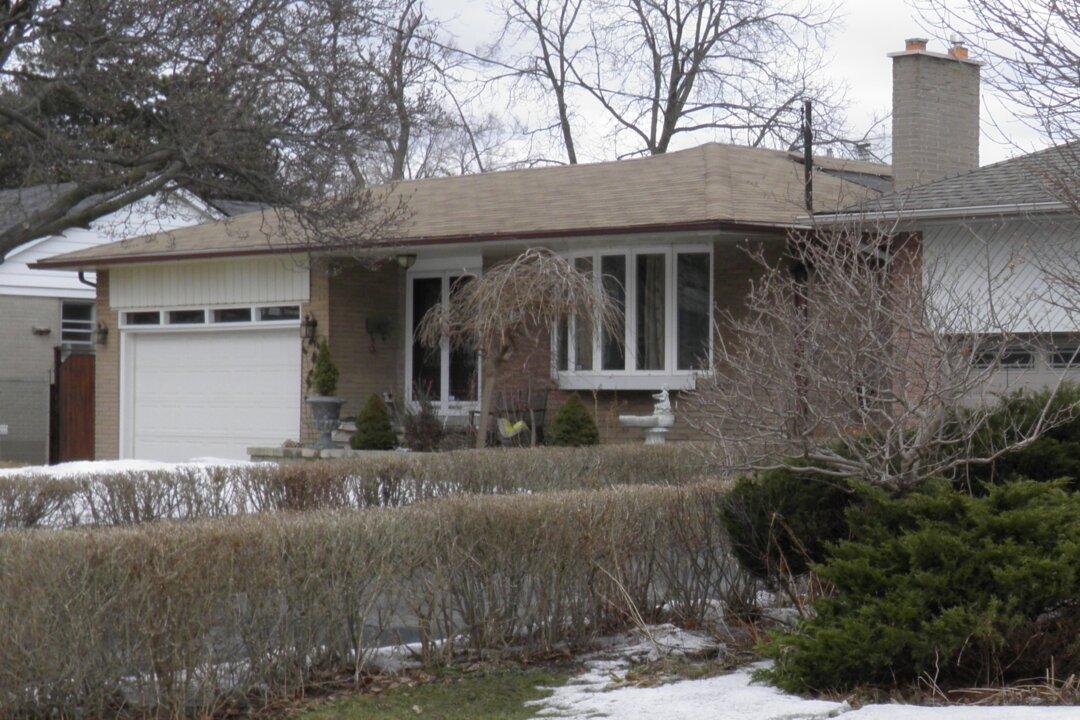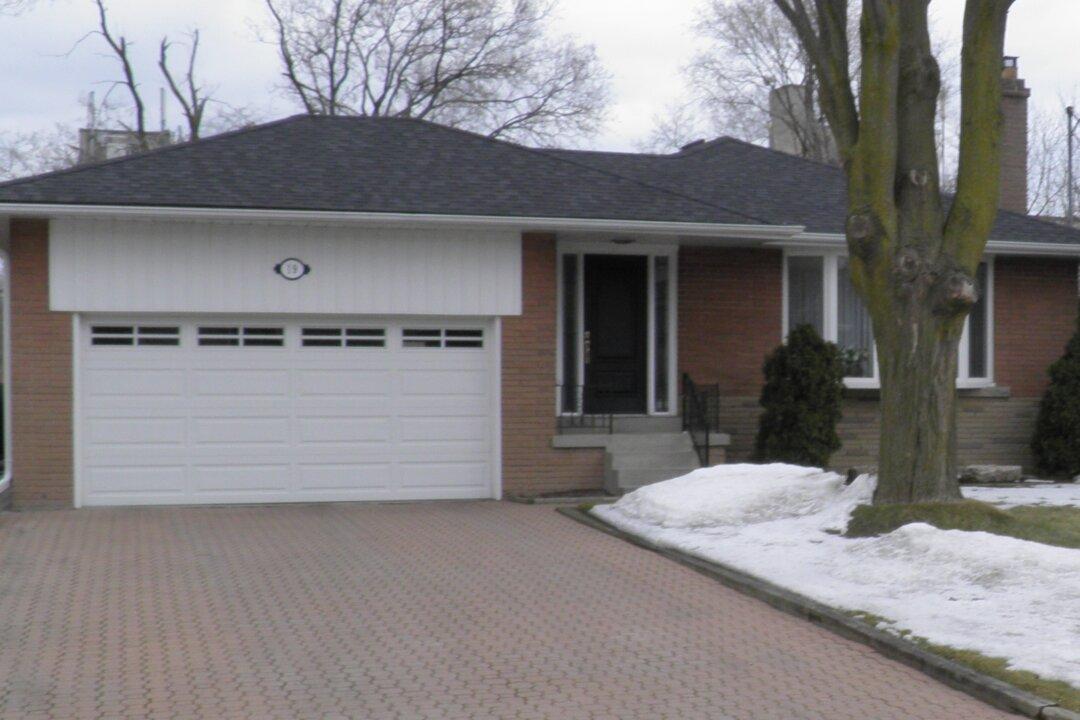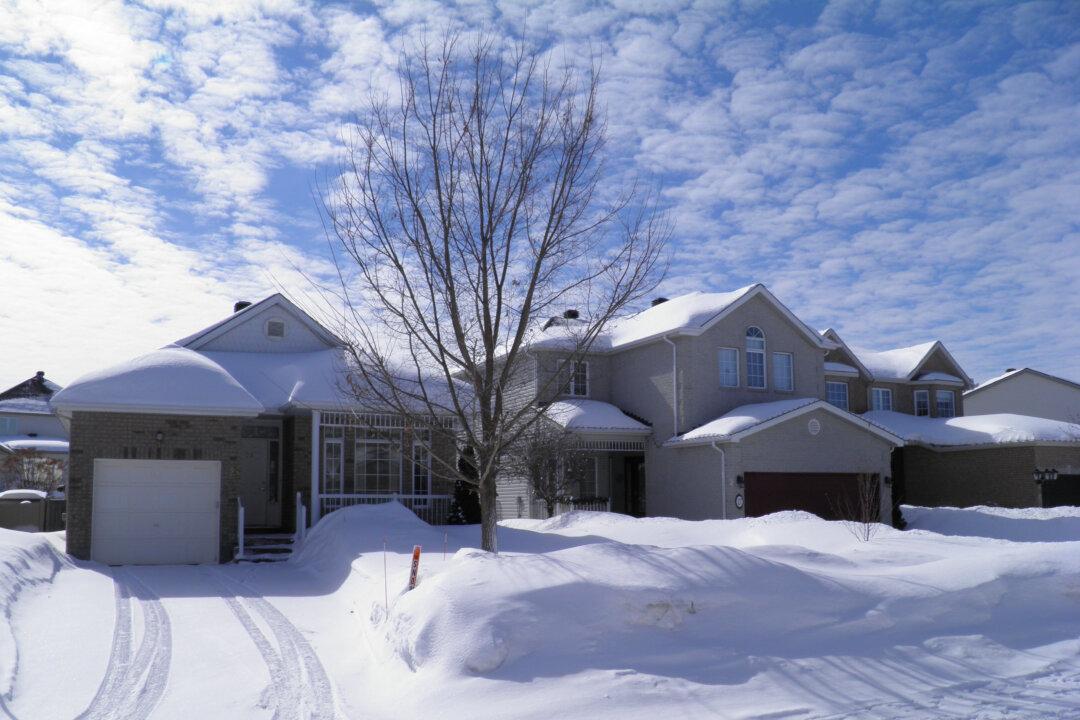While some expect Canadian home prices to fall—perhaps even substantially—in the near future, housing affordability hasn’t changed noticeably in the first quarter of 2013, according to Royal Bank’s latest Housing Trends and Affordability Report.
Housing affordability, according to RBC Economics Research in its May 23 report, is a function of mortgage rates, home prices, and household income. All three components have barely changed since the fourth quarter of 2012.
The RBC Housing Affordability Measure demonstrates the percentage of pre-tax income that is needed to service three different types of homes—detached bungalow, two-storey house, and condominium—at going market prices.
The higher the measure, the more difficult it is to afford a house. For example, Vancouver is easily the least affordable housing market in Canada. For a detached bungalow, with an average price of $786,300 in the first quarter of 2013, the RBC Housing Affordability Measure is an astounding 82.3 percent.
In comparison, the measure is 42.5 percent Canada-wide, 65.9 percent in British Columbia, 32.2 percent in Alberta, 43.5 percent in Ontario, 32.6 percent in Atlantic Canada, 38.7 percent in Calgary, 53.8 percent in Toronto, 39.1 percent in Ottawa, and 40.1 percent in Montreal.
Housing prices in major centres, notably Toronto and Vancouver, have trended strongly higher over the last decade, perhaps beating most people’s expectations.
According to Statistics Canada and the Dominion Bond Rating Service (DBRS), Canadian household leverage has been increasing for over 10 years. The ratio of household debt to personal disposable income is 155 percent based on DBRS figures in April 2013, and 165 percent according to Statistics Canada.
The Bank of Canada is clearly concerned over household credit growth and has thus adopted a tightening bias to interest rates. This means the next move in interest rates is more likely to be up than down.
According to the RBC report, 2013 first quarter developments “maintain the general cross-Canada affordability picture that has prevailed during the past few years.”
Namely, and to the surprise of few, Vancouver is the least affordable market in the country, while owning a single-family home in Toronto or Montreal is a stretch for households. Other markets are within historically affordable ranges.
BMO Capital Markets in its May 28 report “Canadian Housing Market: Calming Not Crashing” suggests that “valuations are only moderately high outside the Vancouver and Toronto detached markets.”
With interest rates extremely low, as they have been since the onset of the financial crisis, the largest factor affecting housing affordability has been a non-factor. Economists at the 12 Canadian primary dealers don’t see the Bank of Canada hiking rates until the fourth quarter of 2014, according to a May 23 Reuters article.
Therefore, one can expect affordability to be determined more so by home prices in individual markets and by income growth in the near future.
BMO says condos will remain affordable in all regions. The oversupply of condos will keep them affordable in Toronto.
“New condo sales plunged 55 percent in Q1 from high levels a year ago,” BMO’s report states. The forecast is for demand to “level off amid good affordability and a strong rental market.”
BMO’s valuation measure of price-to-median family income ratios suggests prices are only moderately elevated. Canada wide, this ratio is 4.8, whereas for Vancouver it’s 8.1 and for Toronto it’s 6.3 in the first quarter of 2013.
For the time being, affordability generally remains good as the housing market cools.



